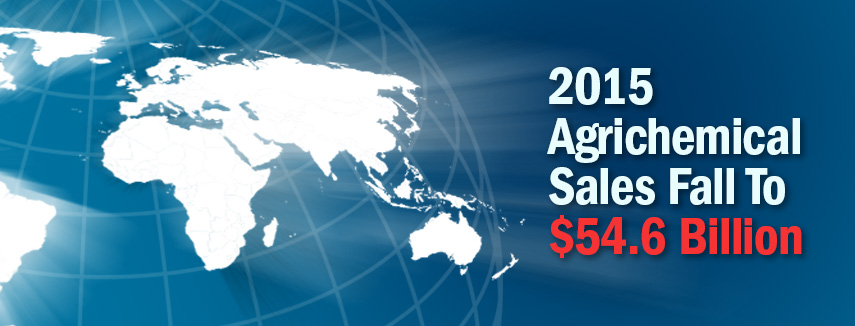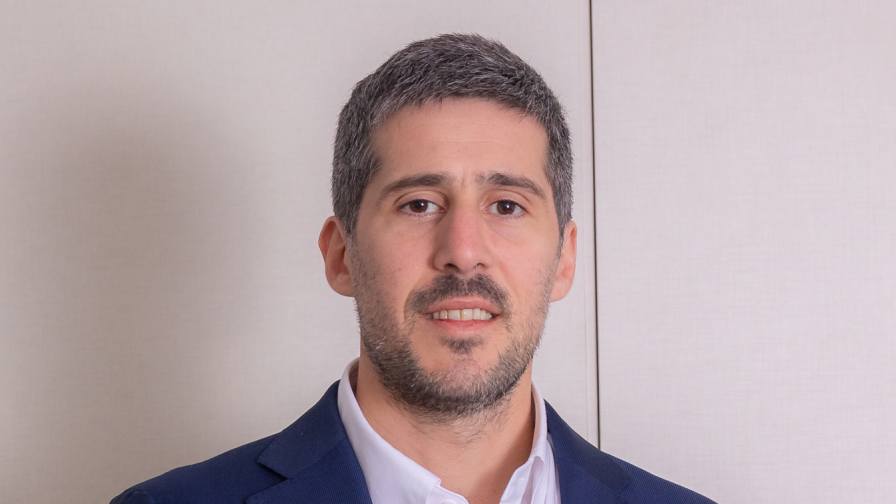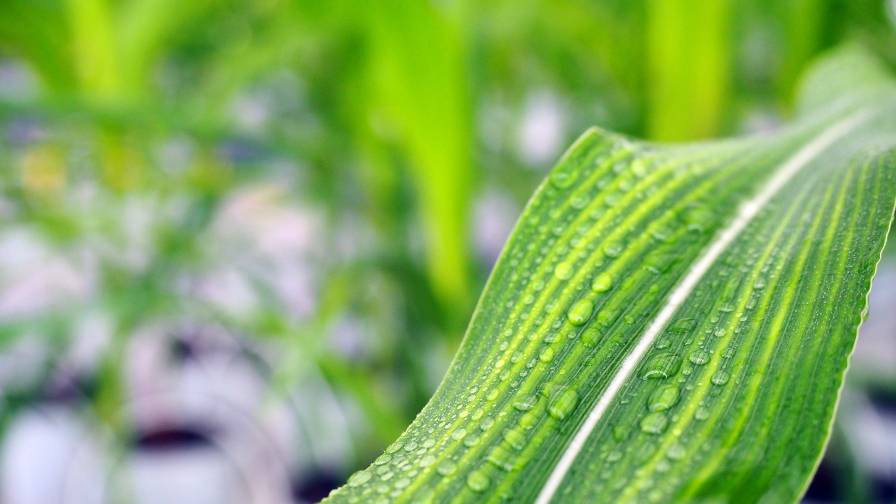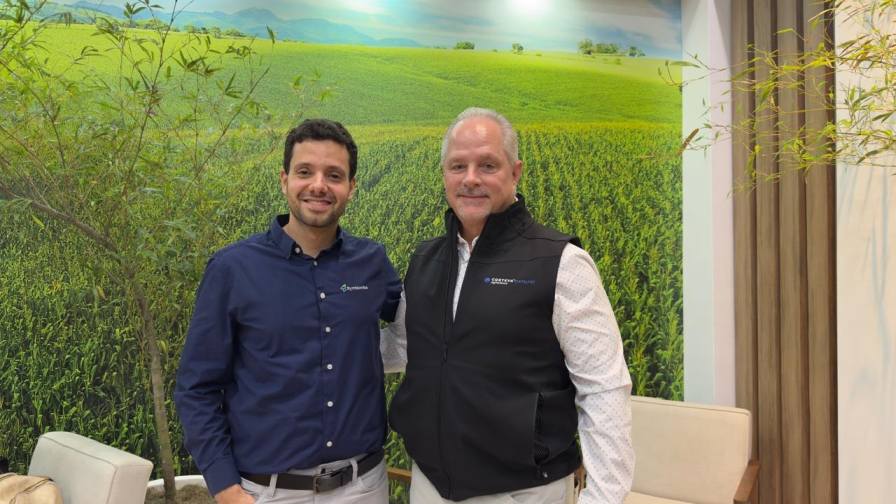2015 Agrichemical Sales Fall To $54.6 Billion
 In nominal terms the global market for crop protection chemicals declined to $54.6 billion in harvest year 2015 as measured at ex-company level. Compared to the all-time high of $60.5 billion in 2014, this represents a decline of some 9.8%. It is also the first year that the market has declined this decade and brings to an end a five-year period of growth.
In nominal terms the global market for crop protection chemicals declined to $54.6 billion in harvest year 2015 as measured at ex-company level. Compared to the all-time high of $60.5 billion in 2014, this represents a decline of some 9.8%. It is also the first year that the market has declined this decade and brings to an end a five-year period of growth.
The writing was on the wall as far back as early 2014 so it comes as no surprise that the market has declined by this amount. However, as always the devil is in the detail and whilst a 10% decline in nominal terms is the case, it is not so when expressed in real terms. If we strip out the effect of currency movement and express the market in constant currency (2014) then in fact the reverse is true: The market saw a slight improvement. Inflationary pressures when taken into account will change the picture once again, but overall in real terms, we will see a growth, albeit significantly less than has been the case for the last few years. Asides the impact of external factors such as currency headwinds and emerging market instability, then significantly lower commodity prices, credit availability, variable weather patterns including the impact of the current El Niño weather phenomenon have also contributed to this slowdown. Not so well documented is the effect of farmer buying patterns “downgrading” purchases to cheaper off-patent alternatives as the squeeze on farm incomes tightens. The trend may well be reversed once farm incomes improve, but as yet that remains unknown.
Kleffmann’s value assessment for the crop protection industry remains higher than other estimates and for good reason. An increasing number of farmer surveys and increasingly more within the Asian region allow for the collection of more realistic data on field applications instead of inventory moving through the value chain. This product-use data captures more post-patent products being used and relies less on market share and value information provided by, for example, multinational companies. An interesting comparison is between the reported sales of the leading companies and that of the overall market in 2015. It is a reasonable observation that the leading companies had a tougher time as compared to the overall market, which in turn, lead to the assumption that the distribution chain at least in part filled the void. This is actually the reverse of the situation in 2014. Whether the supply chain has reverted to an equilibrium of before 2014 or in-fact is now effectively de-stocked lead us to various assumptions about the market in 2016 and going forward. It is also true that many of the smaller companies performed better than the multinationals in 2015.
Whilst the overall market performance in 2015 could be considered as a disappointment, there are a few shining stars. The massive weakening of many currencies against the U.S. dollar hides some good local opportunities. Strong sales in local currency terms in Ukraine and Russia stand out and continue the run of good years in these markets. Latin America is very much in the same situation where double-digit growth in local currency terms in Brazil translated into double-digit decline when converted to U.S. dollars, purely due to currency movement. Mexico with a much better growing season in 2015 performed exceptionally well even when converted to U.S. dollars.
Within Asia, there were fewer opportunities for growth in contrast to the 2014 season. The markets of China and India grew in local currency but not to the sort of levels as seen in the past, somewhat analogous to the developments in GDP. The Japanese market fell 2% in local currency. These three main Asian markets, however, all effectively saw declines when translated to U.S. dollars, significantly so in the case of Japan. In China, which is increasingly transforming into a mature market, agriculture is in the middle of a period of structural change. Modernization of the sector – emphasized by an accelerated speed of land transfer and crackdown on “excess-toxicity” has in part contributed to a transient market slowdown. In the near future, however, the modernization of Chinese agriculture is set to spur the demand for high-quality farming inputs.
Of the EU 28 markets, Italy did better than most at close to 4% growth in euro terms. Germany saw slight improvement whereas France declined by just over 1%, further narrowing the gap between these two leading EU country markets. When translated to U.S. dollars, however, all euro markets saw double-digit declines as was the case for the sterling-based UK market.
Within the North American region, the U.S. market fell for the first time in a number of years, and whilst the Canadian market was essentially flat in local currency, the region as a whole fell close to 5% in US$ terms.
The African & Middle East region continues to be an area with vast potential and under-reported sales at the retail level. Turkey conversely saw significant improvement even when expressed in U.S. dollars. South Africa remains a robust market especially for higher value products but suffered a downturn in 2015 as compared to 2014. For many of the other African markets, however, where registration requirements are less robust, low-value products continue to dominate to the overall benefit of the generic producers. The Middle East remains dominated by political instability although there are positive signs in some markets. None more so than Iran, a market that essentially was off the radar is suddenly becoming a focus for some of the multinationals.
Kleffmann’s amis®AgriGlobe database of farmer surveys and product use information drives much of the company’s top-level analysis. Now in its third year and hosted on the company’s software platform Kleffmann4you, the database segments product use by geography, crop types, active ingredients and seed varieties.
Visit with Drs. Bob Kleffmann and Nomman Ahmed at the AgriBusiness Global Trade Summit Aug. 17-19 in Orlando, Florida, U.S, as Fairclough delivers a “Global Crop Protection Market Trends” on the morning of Aug. 18.







